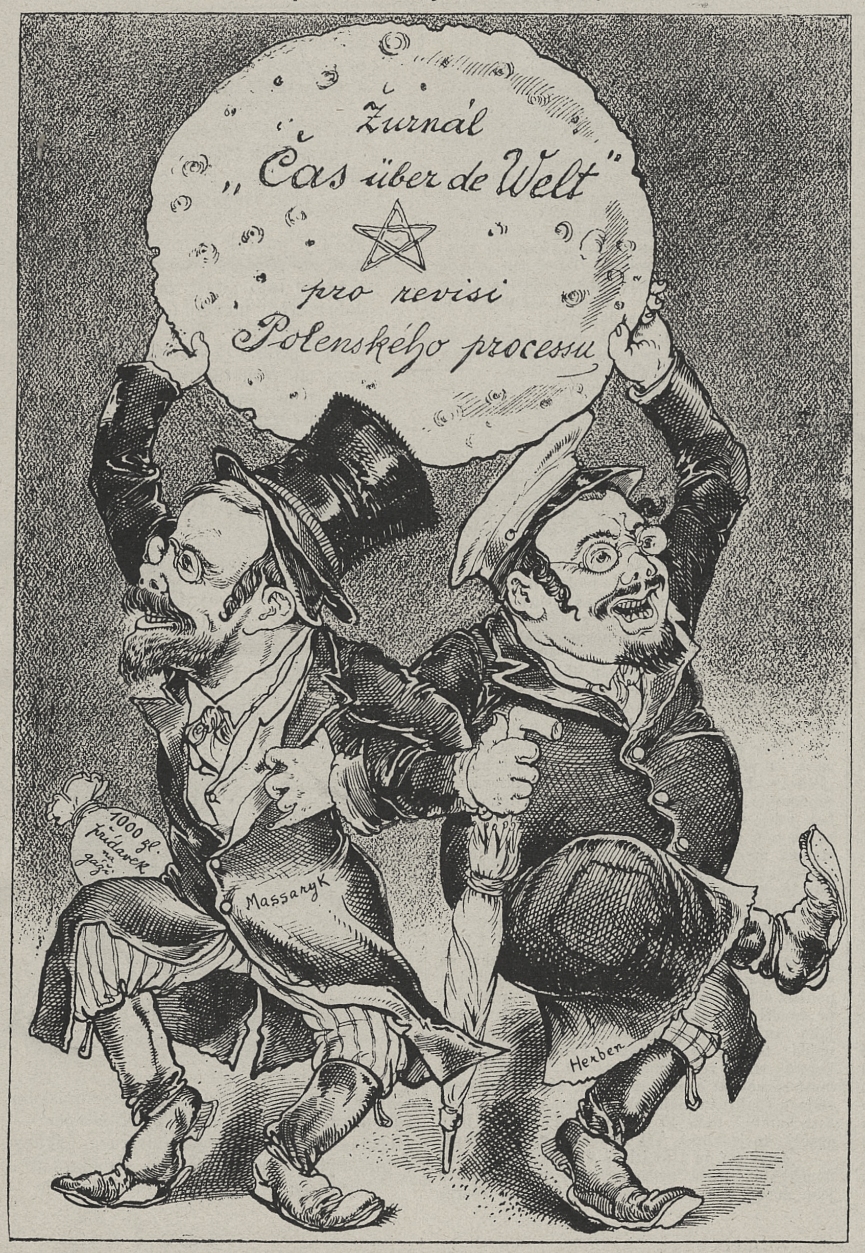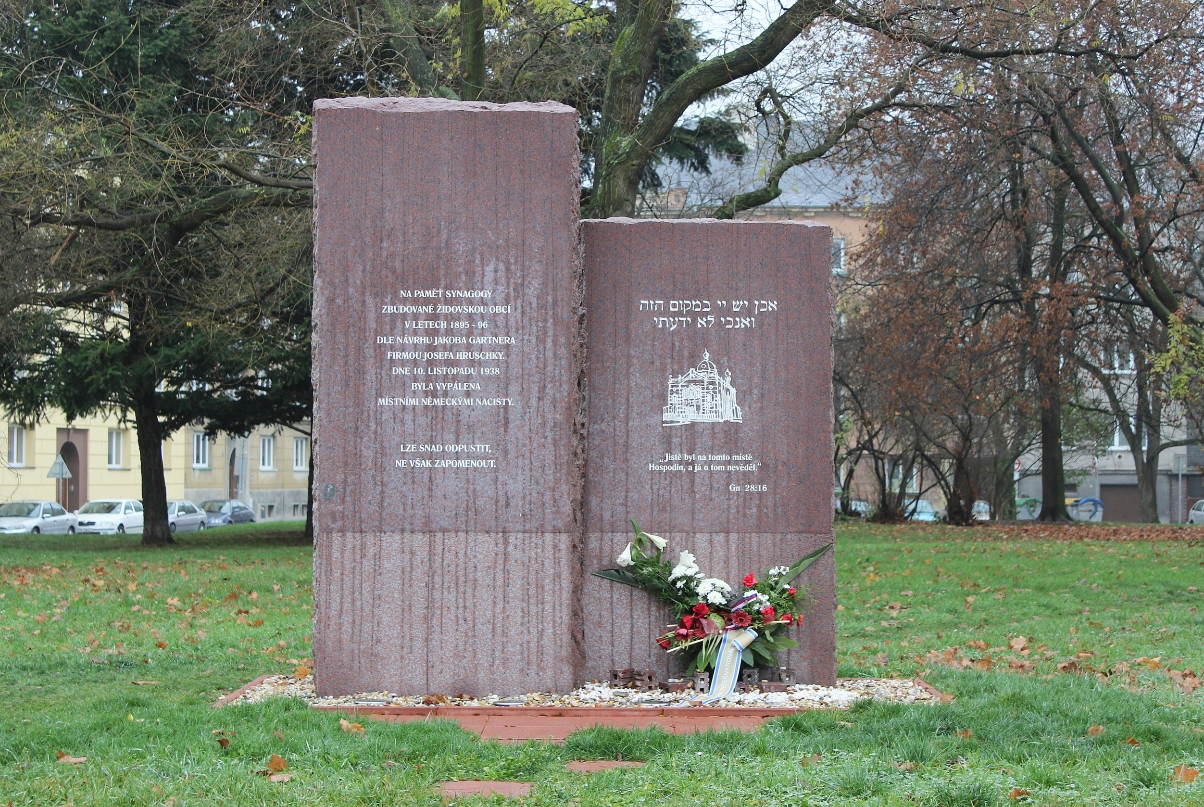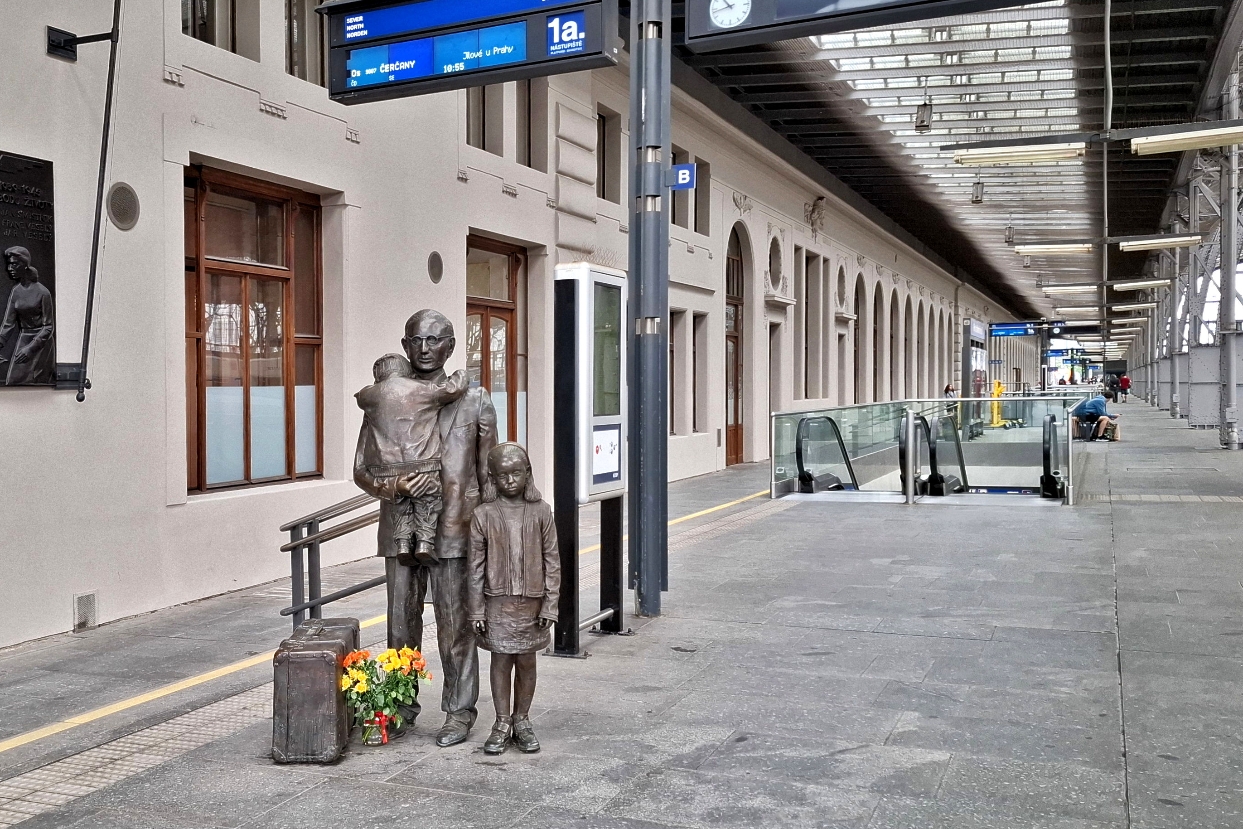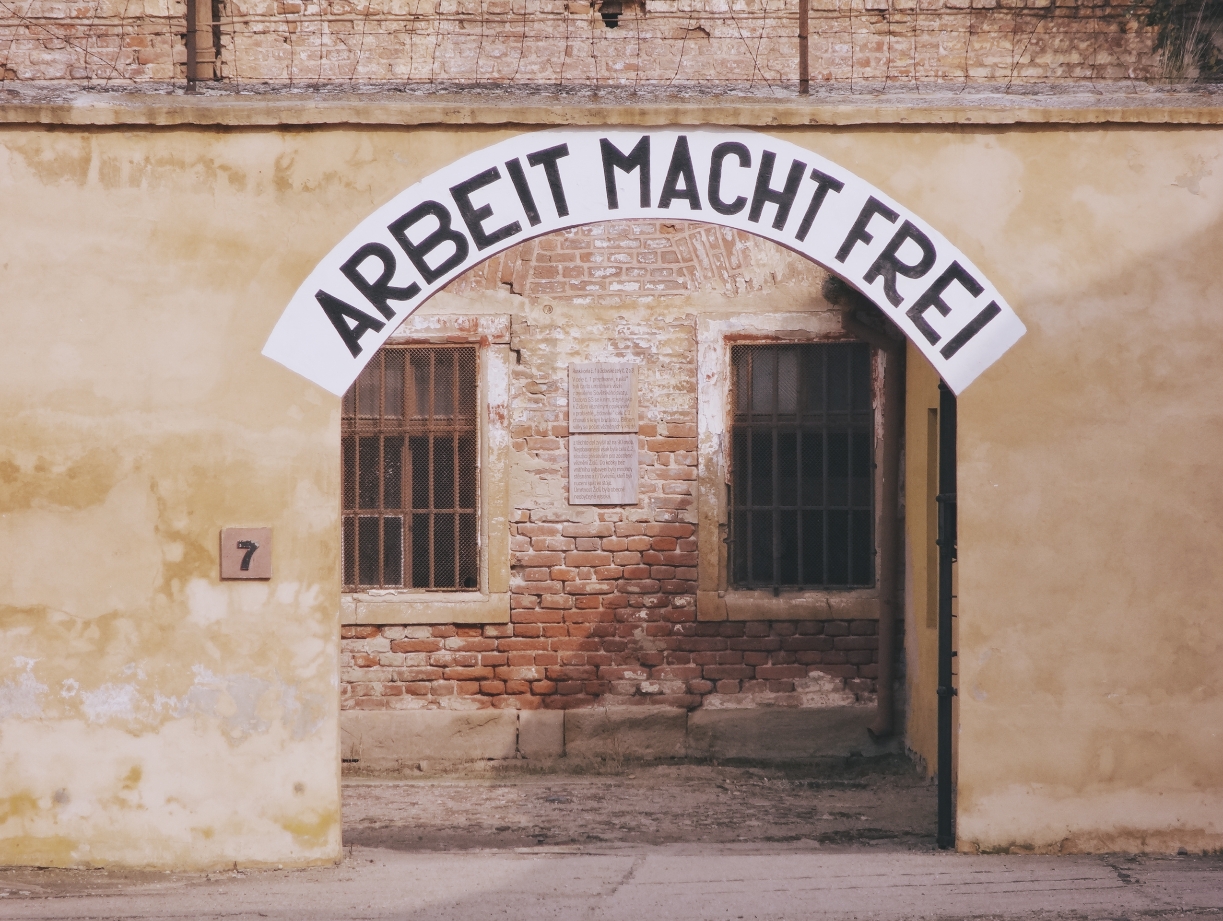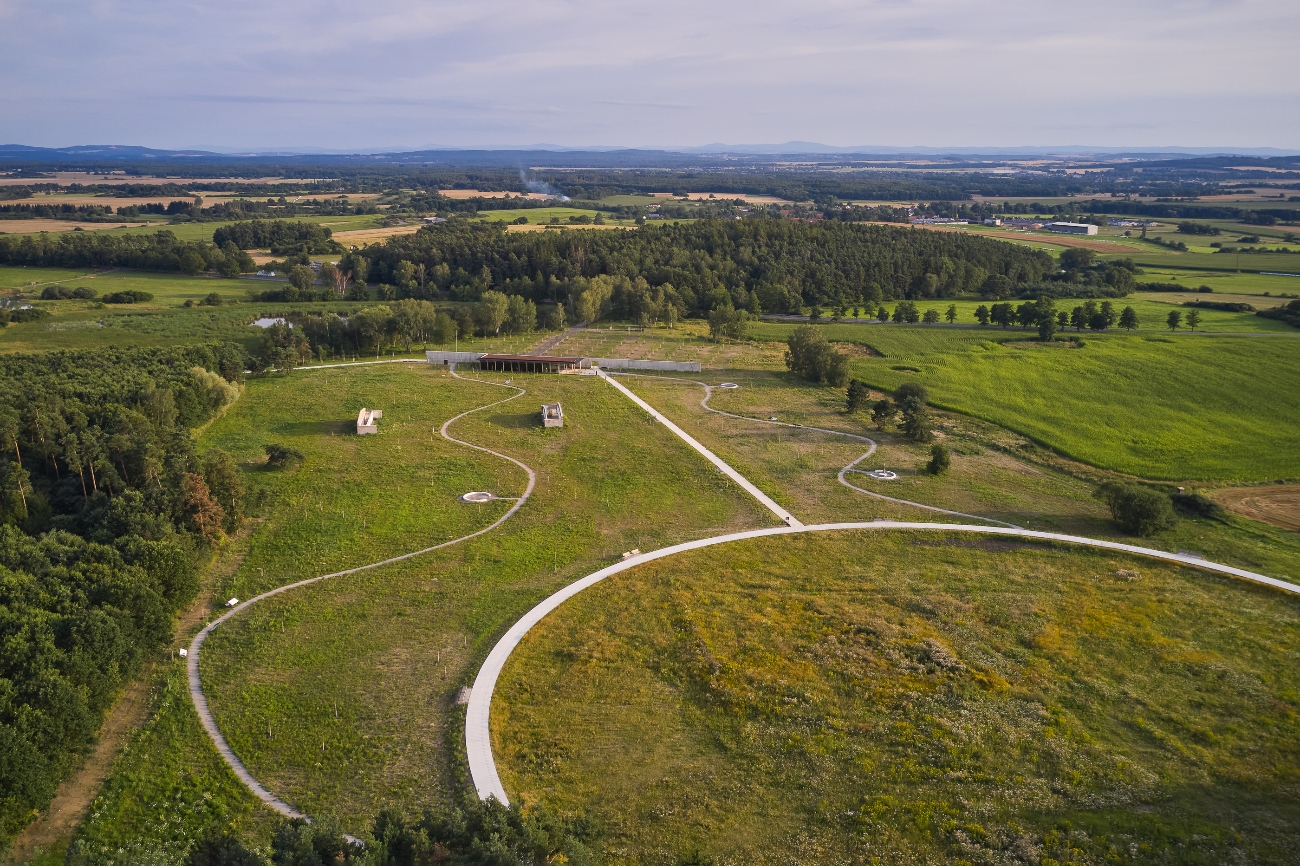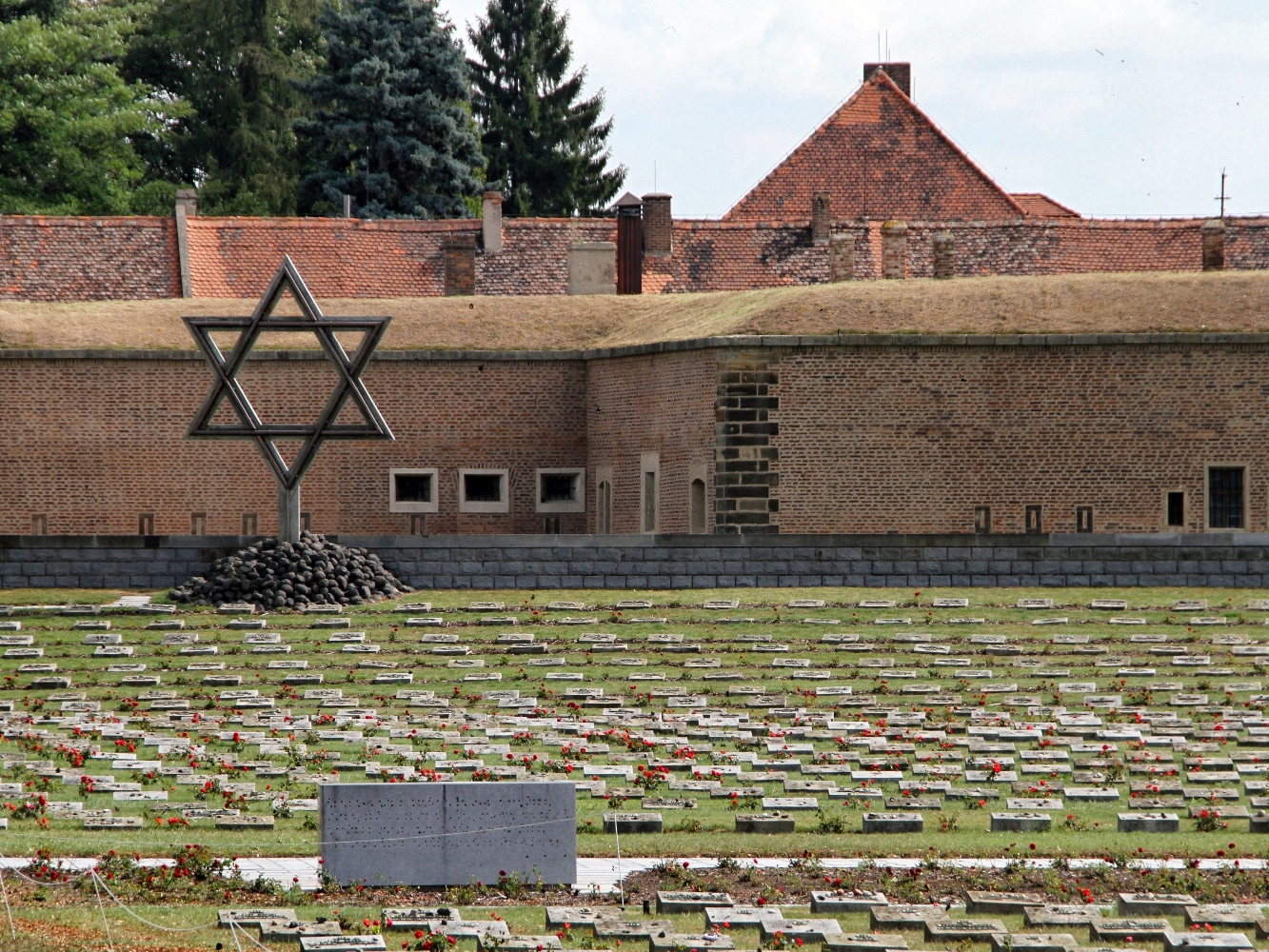
Racial genocide in occupied Czech lands – Theresienstadt
Czech figure of the „The Holocaust” topic
In the Czech lands, occupied by Nazi Germany from 1938/1939 to 1945, the Nazis also pursued a policy of racial genocide. Nazism, however, took the anti-Semitic prejudices, that had long existed throughout Europe, to a criminal level, not excluding the Czech society.
The most famous manifestation of anti-Semitism in the Czech lands before the Shoah was the 1899 affair. A young Jewish man, Leopold Hilsner, was charged with a murder of a young girl, but under the influence of a public anti-Semitic campaign, he was accused of carrying out a ritual murder. Finally, common sense prevailed and Hilsner was convicted only of the crime. Anti-Semitism was fairly rampant in certain layers of Czech society even in the 20th century, but after 1918, the Czechoslovak democratic and legal state ensured equal rights for all citizens, regardless of gender, religion and ethnicity, and so the de facto position of Jews was relatively good.
Everything changed in Autumn 1938, when a large part of the Czech borderlands was passed to Nazi Germany based on the Munich Agreement. In the ceded territories lived thousands of Jews and the Nazis began to apply the racist Nuremberg Laws and anti-Semitic discrimination against them. The November pogroms (so called „Kristallnacht”) also took place here, as they did throughout Germany and in annexed Austria.
The dissolution of liberal democracy in post-Munich Czechoslovakia led to a notable increase in anti-Semitic attitudes and sentiments. However, state anti-Semitism reached a comparable level to Nazi Germany only after the German occupation and the establishment of the Protectorate of Bohemia and Moravia. Jews were excluded from offices, social and economic life, were evicted from their apartments, and could not handle their property. The Reich Protector took the initiative in introducing the racial laws. Initially – until the outbreak of World War II – Jews were given a limited opportunity to emigrate abroad. British citizen Nicholas Winton therefore managed to organise the adoption of hundreds of Jewish children and their emigration to the UK, thus saving their lives.
The segregation of Jews peaked at the turn of 1941/1942. Czech and Moravian Jews were deported to Terezín, where a Jewish ghetto was established, but for most of them, their stay in Terezín was a mere stop on the way to extermination camps in the occupied Poland. Two thirds of the one hundred and twenty thousand Protectorate Jews did not survive the genocide. In addition to them, the Nazi killing machine also turned against other groups of inhabitants of the Czech lands. Almost the entire ethnic minority of Czech and Moravian Romani and Sinti was deported from the Protectorate camps to Auschwitz and murdered.
Literature:
Čapková, Kateřina – Kieval, Hillel J. (eds.): Prague and beyond: Jews in the Bohemian lands. Philadelphia 2021.
Facts


